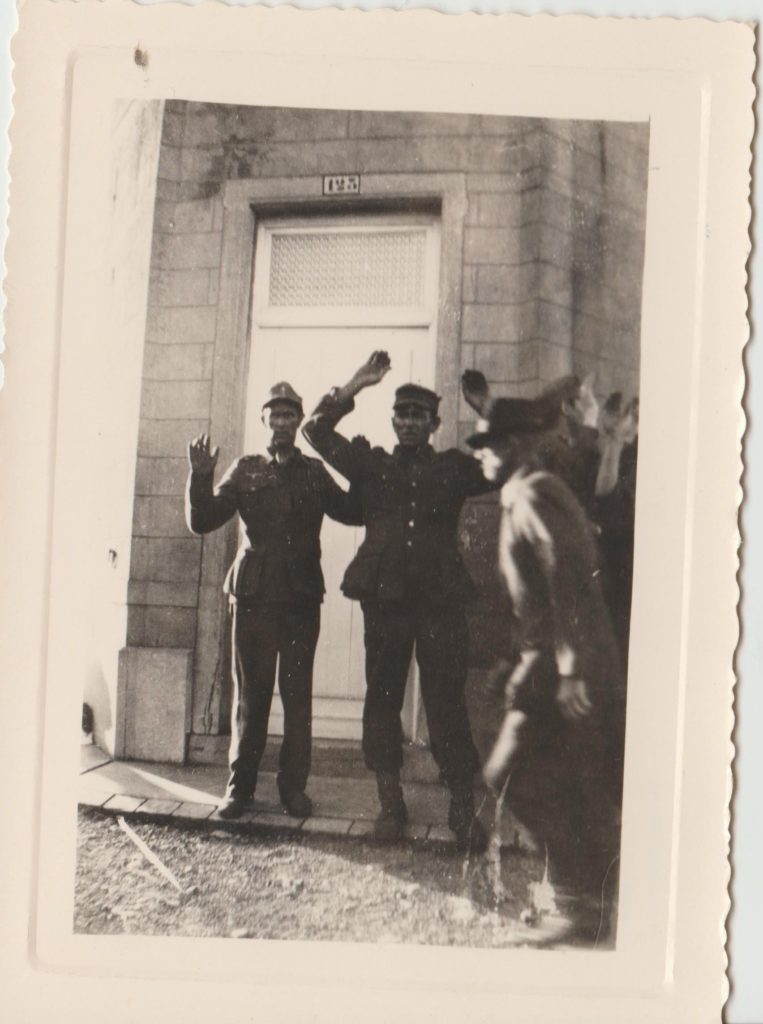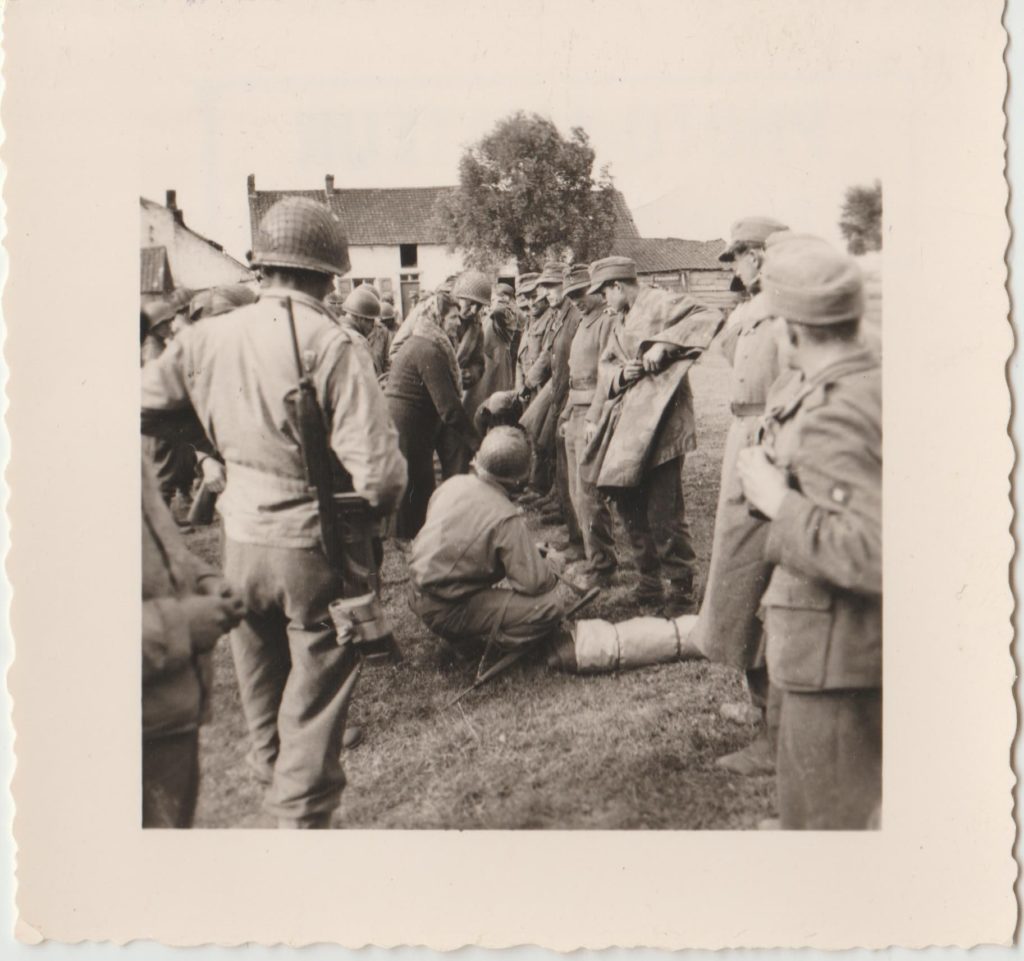Crushed and definitively vanquished by the Allies on the borders of Normandy in the “Falaise pocket”, the Nazi armies began a general withdrawal in the evening of 17 August 1944. Their goal: to rejoin the Reich…and the fortified positions of the Westwall (Siegfried Line) in order to give themselves some breathing space and a chance to gather their strength. But as they retreated, rapidly advancing U.S. divisions caught up with and surrounded some of the German units at the Franco-Belgian border. What followed was the battle of the “Poche de Mons”.
Described a little too emphatically as “petit Stalingrad”, these rather disjointed battles, which took place between 2 and 6 September, should have been called “battle of the Borinage” insofar as they did not concern the capital of Hainaut, but rather the surrounding industrial region, as far as the forest of Mormal. As a result of the of the 19th and 5th U.S. Corps’ (Hodges’ First Army) advance, a huge pocket trapping some 70,000 men of retreating and jumbled German units from two armies and 18 different divisions was formed at the very beginning of September’44. Despite their detestable strategic situation and the absolute air supremacy of the Allies, at least half of the Nazi elements present in the so-called “pocket” would manage to escape to the east, which remained incompletely closed due to the weakness of the Mons’ “bottleneck”. Nevertheless, the increasingly obvious disorganisation of the Wehrmacht and the effective intervention of the U.S. Air Force on 3 September at Goegnies-Chaussée made it possible to destroy long columns of German vehicles at the cost of minimal losses… among the Americans. From the Landsers perspective, the result of the confrontation that lasted 4 to 5 days had more tragic consequences. More than 25,000 of them, including 4 generals, were taken prisoner and their dead numbered approximately 3,500 men. U.S. losses were infinitely lighter, given the absence of the Luftwaffe and the chaotic nature of the Nazi retreat. The losses of the 3rd U.S. Armoured Division amounted to… 57 men while their comrades of the 1st Infantry Division recorded “only” 32 killed. In fact, it was the American Air Force and its P47 “Thunderbolt” that did most of the work, with ground troops mopping up the remnants thanks to their “Sherman” tanks and assistance from local resistance forces.

With the help of Fédération Wallonie-Bruxelles and in partnership with CEGE-SOMA.


